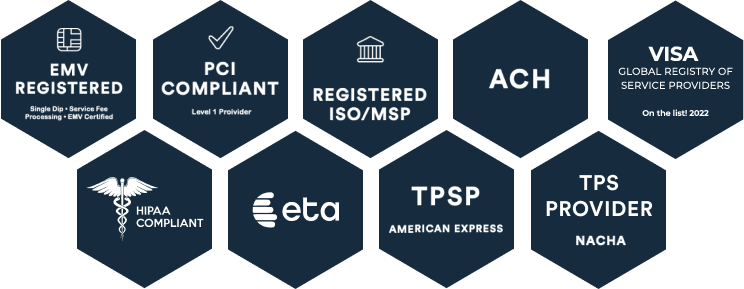Do you know your patients’ financial status as well as the physician knows their health status?
If you can’t answer “yes” to that question, you may be leaving too many receivables uncollected. Gone are the days when providers billed everything to third-party payers. Patients’ financial obligations for their healthcare have increased substantially in recent years.
As high deductible health plans have become more widespread, the portion of medical bills that falls under patient responsibility, or patient self-pay, has also increased steadily. For instance, the average annual deductible for a worker with single coverage through his or her employer jumped 36 percent in 2019 to $1,655 from $1,217 just five years earlier in 2014. This is according to the Kaiser Family Foundation’s 2019 Employer Health Benefits Survey.
With high deductibles, co-pays and limited benefits, patients are increasingly responsible for paying their own medical bills. Consequently, healthcare providers’ revenue cycles are being challenged to be more efficient and effective to collect patient payments sooner and more completely.
Today, almost every patient is a self-pay patient; even if they are not paying their entire medical bill, they are likely paying part of it. And many don’t even understand their payment obligations.
Research shows that 30 percent of the average healthcare bill now comes directly from the patient. That’s a significant portion of healthcare revenue, and providers cannot afford to ignore it. Because most hospitals and healthcare providers operate on slim margins, resolving patient self-pay accounts can make the difference between a facility being profitable or unprofitable.
To boost collections for the growing patient portion of healthcare bills, healthcare finance leaders must have a clear, accessible view of the patient’s financial responsibility and the ability to integrate that visibility at every point of patient interaction. They must provide a total patient financial experience, across payment channels and settings, whether it’s online or in-person, so that patients can make the right payment option at the right time. A holistic, 360-degree view of the patient is essential both for delivering high quality health care and ensuring positive financial outcomes.






